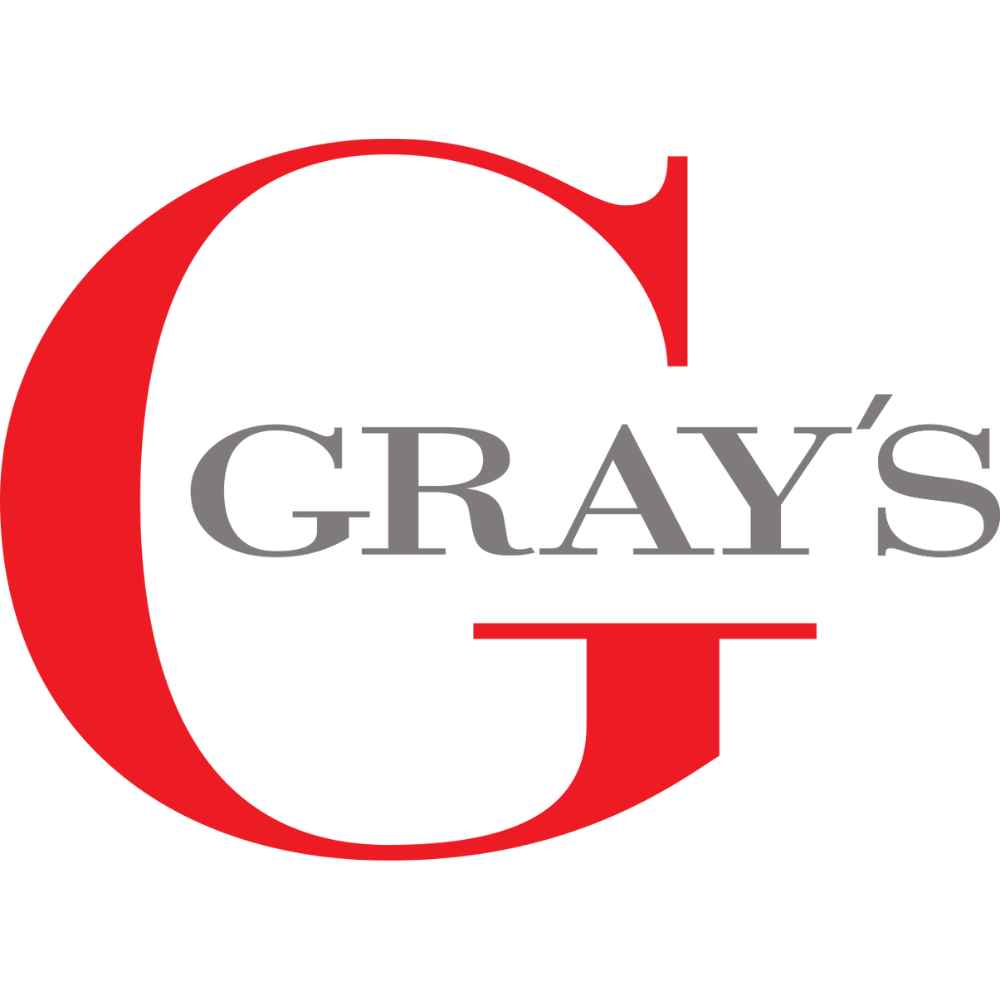[Infographic]: How do art, antique & jewelry valuations work?
Finding out how much your treasured possession is worth
Nearly everyone owns a piece of art, furniture or jewelry that is believed to be of value. The question is, how do you find the true value? Furthermore, why do need to know the value? Are you just curious? Will you try to sell it? Or maybe donate it? These questions are all important when determining how you should go about finding the value of your treasured possession.
Decide: Do you Need a Valuation?
A valuation is simply an estimate of your item’s worth so you know what you can sell it for, should you decide to try.
Along with a legal document prepared by a valuation specialist and is the only way to legally prove your item’s worth.
Research: Who Should Valuate Your Artwork?
Antiques and art galleries?: Remember, anyone can open an antique shop or a gallery. Therefore, the credibility is less than if you choose to have your item valued by a valuation expert. Be wary of anyone who “guarantees” value - typically there is a built-in conflict of interest.
Certified professionals: If you’re getting your item appraised for legal purposes, you should find a certified professional. They are held to professional and ethical standards, and their responsibility is to their client. A qualified valuation specialist will avoid conflict of interest and will give honest values regardless of the consequences.
How the valuator determines the value of your item:
Everything is examined, studied, analyzed, described in writing. Consider style, condition, previous ownership, authorship, subject matter, size, authenticity.
Determine if artwork has ever sold previously. Also look for comparable works that have sold recently, adjusting values of the comparables to compensate for differences between the subject piece and the comparable being evaluated.
Such things as quality, size, date, subject matter, complexity may all be different.
May consult experts, or art historians specializing in a particular period or style. May ask questions of museum curators, commercial gallery personnel, auctioneers, artists, and technicians such as employees in bronze foundries, printing shops, architects and graphic designers.
Sometimes there may need to be technical analysis of paint or canvas, or infra-red or ultraviolet light examination to assist with determining condition or authorship. Sometimes x-ray is necessary to answer questions that affect value. For some works of art the valuator will consult the Art Loss Registry and other databases to try to determine if the work was stolen.
Research is performed, data is gathered to estimate what the subject work of art would sell for in the appropriate market at a given date. The valuation specialist will consider levels of taste, availability of like objects, rarity, cost of cleaning or repair if needed, and the history of sales of close comparables.
Findings are summarized in a narrative that will serve as a convincing argument to defend the assigned value for that particular work of art.
Stay informed about the exciting and ever-changing world of art and auctions - whether you’re a seasoned collector or just getting your feet wet. We curate & deliver the most essential & exciting art and auction news, once a week (in a way that won’t make you fall asleep.) Sign up via the form below!
